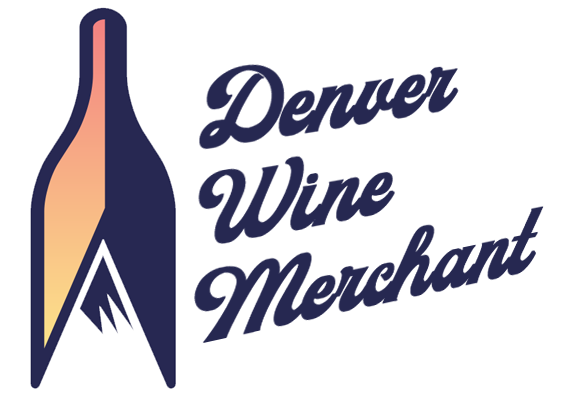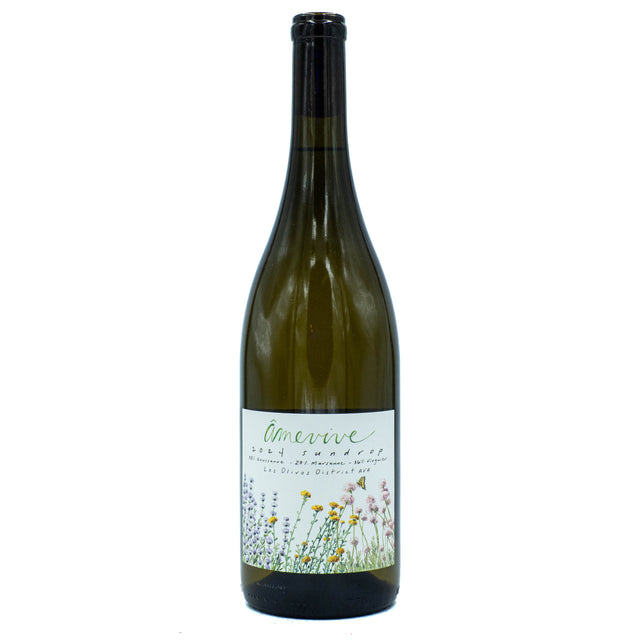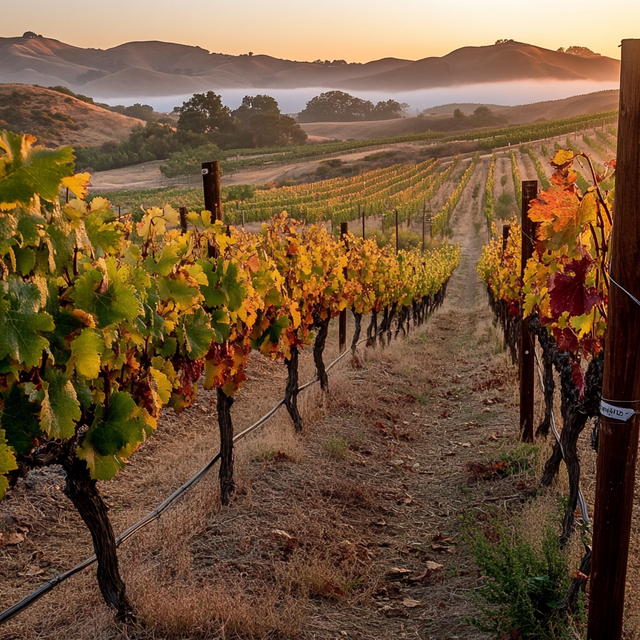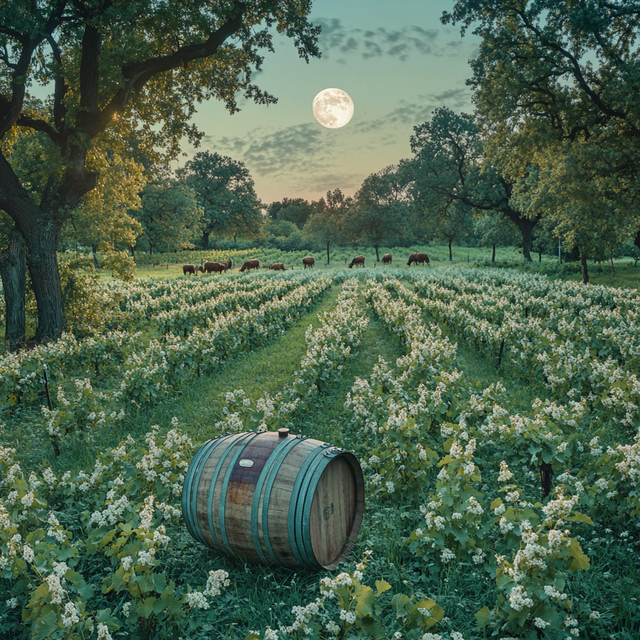California's Central Coast is a sprawling and diverse wine region stretching from south of San Francisco all the way to Santa Barbara. This vast area encompasses a wide range of climates and terroirs, resulting in a remarkable diversity of wine styles. Monterey County, known for its cool-climate Pinot Noir and Chardonnay, benefits from the influence of the Monterey Bay. The Santa Cruz Mountains, with their high elevation and proximity to the Pacific, produce elegant, cool-climate wines. Paso Robles, known for its warm days and cool nights, is renowned for its bold Zinfandel and Rhône-style blends. Santa Barbara, despite its southerly latitude, boasts surprisingly cool climates due to the unique east-west orientation of its valleys, which funnel cool ocean breezes inland, creating ideal conditions for Pinot Noir and Chardonnay. The Central Coast's varied geography and range of climates contribute to its standing as a highly dynamic winemaking area.
California - Central Coast
Practicing Biodynamic vineyard farming follows the core principles of biodynamics—treating the vineyard as a self-sustaining, living organism and aligning farming activities with lunar and cosmic rhythms—but without formal certification. These vineyards often use compost preparations, herbal sprays, and homeopathic remedies to nourish the soil and promote vine health, while fostering biodiversity and natural balance. Many small or artisan producers embrace biodynamics philosophically and practically but choose not to pursue certification due to its cost, administrative demands, or philosophical preference for independence. As a result, practicing biodynamic farms often reflect a deep, holistic commitment to the land, even without the official label.




